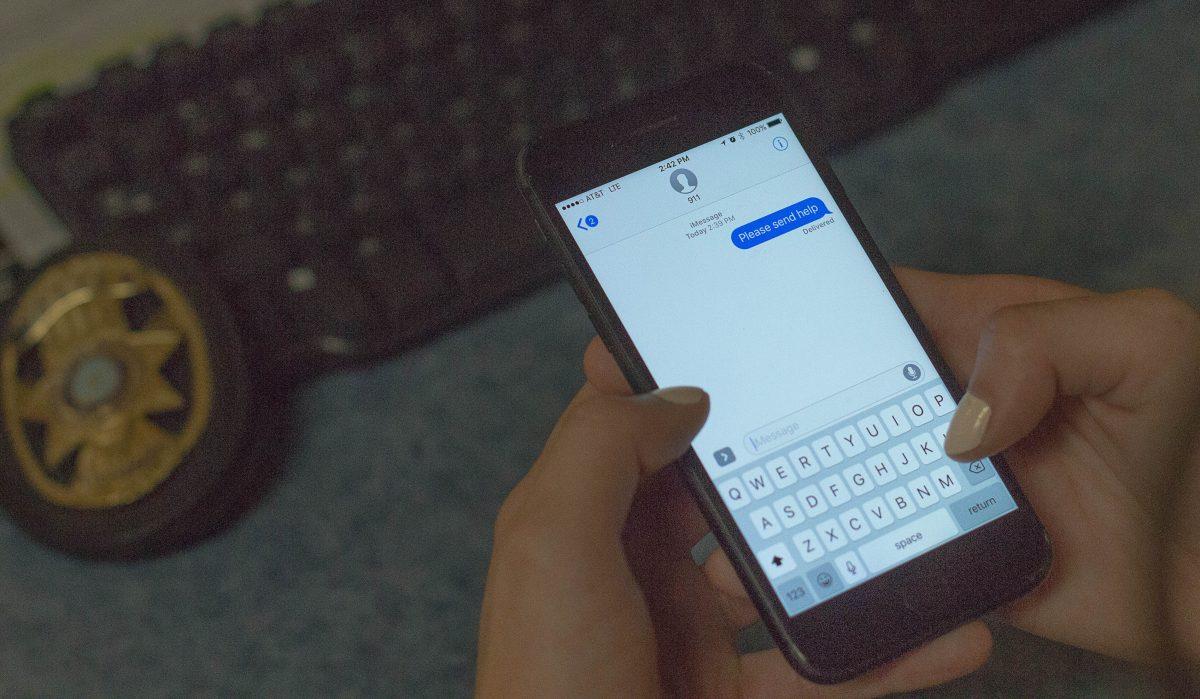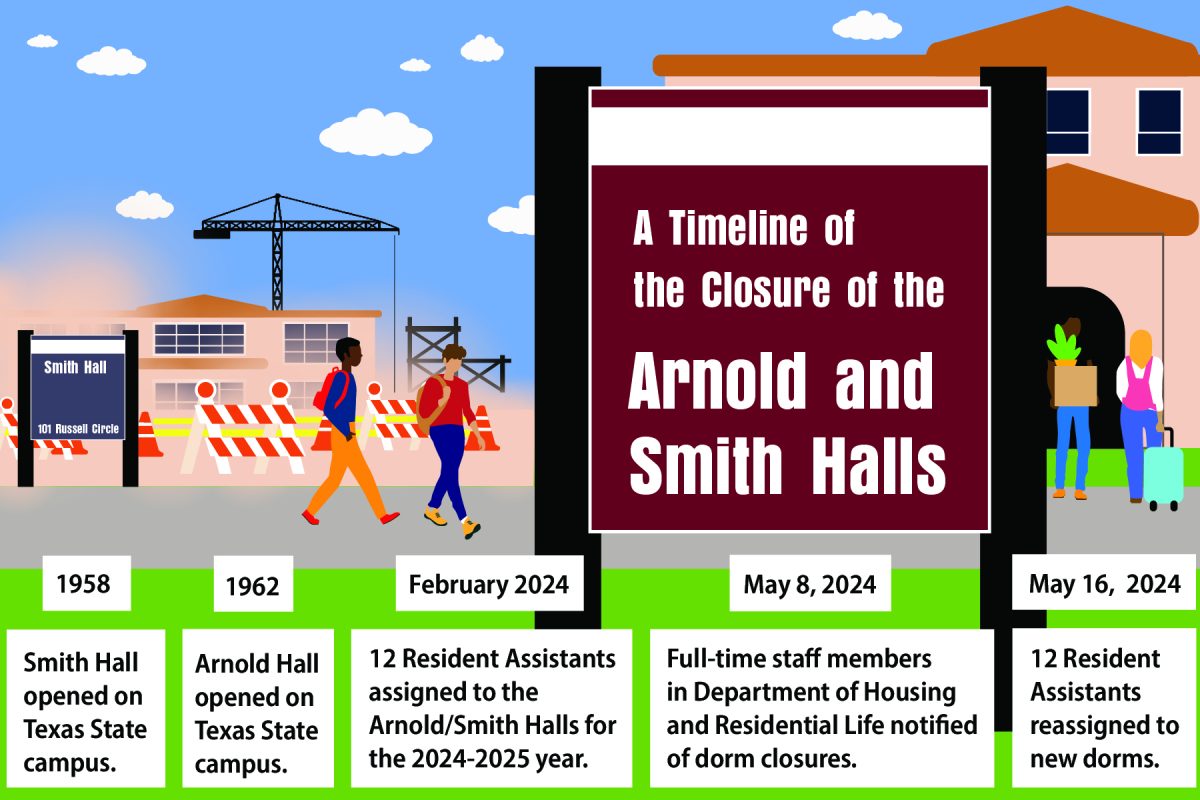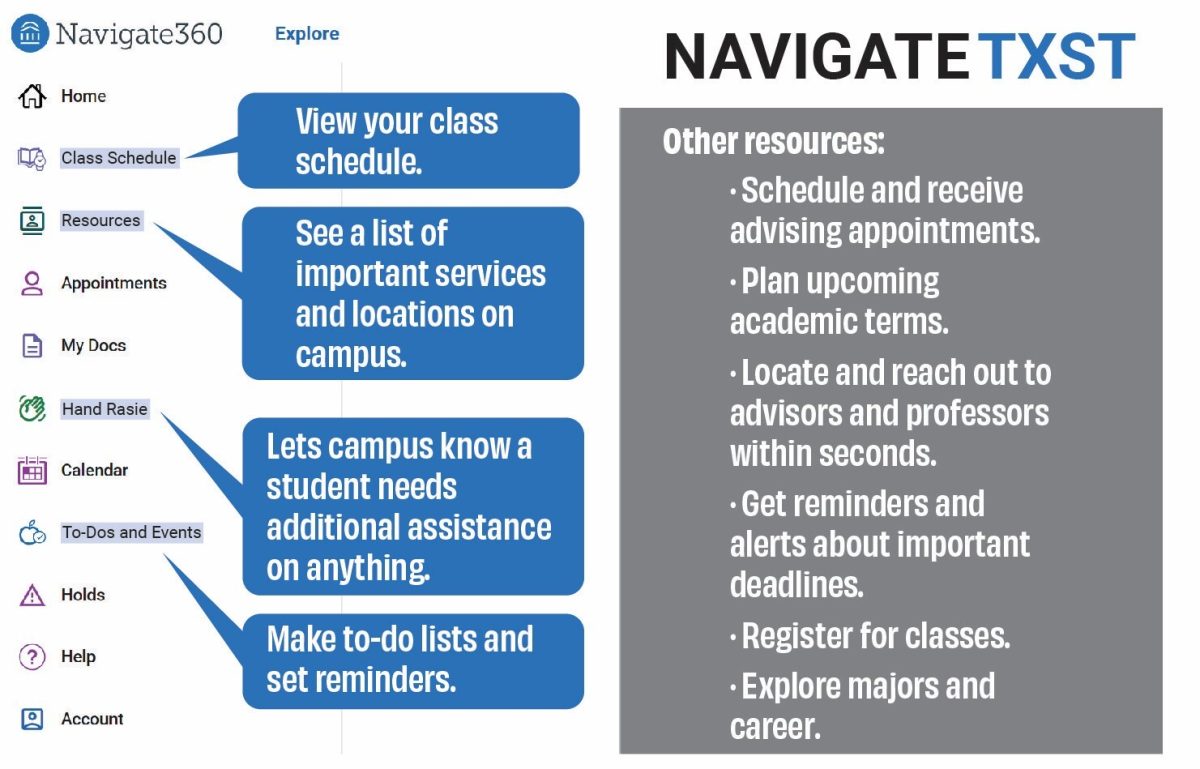As of Oct. 7, residents across ten counties of south Texas will now be able to send text messages to 911 in case of an emergency. Texas State University Police Department is also part of the system.
The Capital Area Council of Governments has now employed this service in the hopes that those who are unable to call in an emergency may send text messages to a 911 call center. The texting service will be available under the four major cellphone networks such as AT&T, T-Mobile, Sprint and Verizon, as well as the smaller networks that are owned by these companies.
In making this service available to these counties, CAPCOG hopes the Text to 911 will make it easier for those who are deaf, hard of hearing or speech-impaired to reach out to emergency help.
They also believe it will help anyone who is in the following situations: the person cannot speak due to a threat, illness or medical condition, the individual has poor cell reception and can only send text messages, or cell phone towers are overwhelmed and only texts can get through.
However, there are limitations residents need to keep in mind before using the service. Emergency services want users to remember is, “Call if you can; text if you can’t.” It is much faster to obtain information through a phone call than by texting 911.
Although this texting service is available to anyone within these counties, Texting 911 is only available in English. The interpretive services come through a subscription of translators who are able to be patched through as a third-person caller if needed. Therefore, when a person calls and speaks a different language other than English, the third-person caller is wired onto the line to help interpret.
Gregg Obuch, director of Emergency Communications at CAPCOG, said, “It comes from outside the 911 system and it comes straight to our equipment. There’s no online capability to do any translation service with text messages, and we can’t add a third person to help with translation.”
This is also why CAPCOG encourages anyone to call rather than text, unless absolutely necessary.
This service is a “best effort service,” which means providers do not guarantee that a text will ever be delivered, or even delivered in the correct order they were sent. However, this is the same as normal texting within phone company contracts.
In order to know if a 911 call center has received your text, they will send a text message back in response asking specifics, such as the person’s exact location, type of emergency help needed and personal information. CAPCOG strongly recommends keeping texts as brief and concise as possible in order to get the help needed in a timely manner.
Since the call centers only receive a general location from a text message, it can take much longer to send out emergency help to the location needed. Whereas in phone calls, 911 centers can automatically get a more specific location from the person in need of help.
Messaging apps or texting via social media, such as WhatsApp or Facebook Messenger, are not supported by the emergency texting service.
Since this service has been made available to the residents of this region, Obuch said people have already implemented the system to his or her benefit.
“We’ve already gotten real live text messages to help somebody in need, particularly the deaf and hard of hearing,” Obuch said.
While this new system is now available to residents in these ten counties of southern Texas, the service is not new to the United States. It has been rolling out all over the nation for the past several months now in many different states and regions.
San Marcos residents can now text 911
October 19, 2017
San Marcos will soon have the ability to respond to 911 via text messaging. The new technology is a welcome addition to the tools available to local law enforcement.
Photo by Josh Martinez | Staff Photographer
Donate to The University Star
Your donation will support the student journalists of Texas State University. Your contribution will allow us to purchase equipment and cover our annual website hosting costs.
























